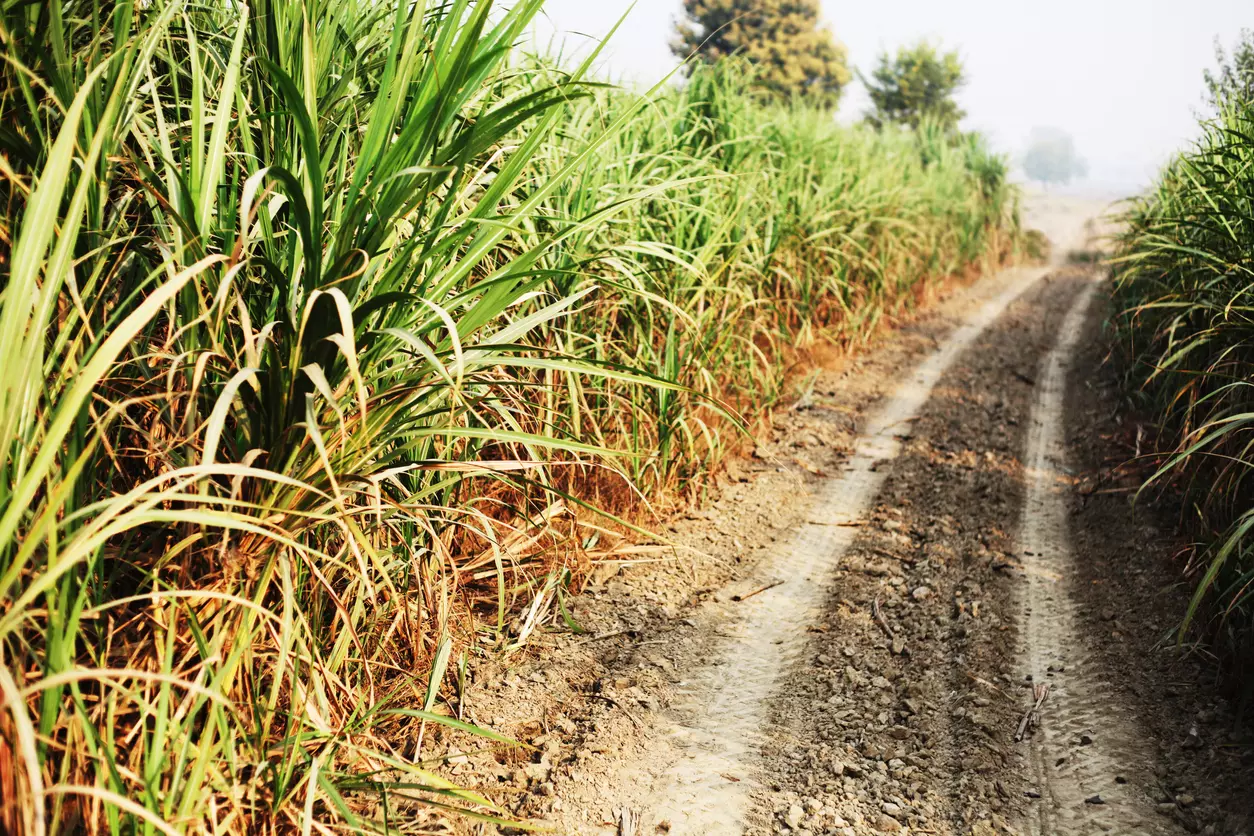
- Home
- India
- World
- Premium
- THE FEDERAL SPECIAL
- Analysis
- States
- Perspective
- Videos
- Sports
- Education
- Entertainment
- Elections
- Features
- Health
- Business
- Series
- In memoriam: Sheikh Mujibur Rahman
- Bishnoi's Men
- NEET TANGLE
- Economy Series
- Earth Day
- Kashmir’s Frozen Turbulence
- India@75
- The legend of Ramjanmabhoomi
- Liberalisation@30
- How to tame a dragon
- Celebrating biodiversity
- Farm Matters
- 50 days of solitude
- Bringing Migrants Home
- Budget 2020
- Jharkhand Votes
- The Federal Investigates
- The Federal Impact
- Vanishing Sand
- Gandhi @ 150
- Andhra Today
- Field report
- Operation Gulmarg
- Pandemic @1 Mn in India
- The Federal Year-End
- The Zero Year
- Science
- Brand studio
- Newsletter
- Elections 2024
- Events
- Home
- IndiaIndia
- World
- Analysis
- StatesStates
- PerspectivePerspective
- VideosVideos
- Sports
- Education
- Entertainment
- ElectionsElections
- Features
- Health
- BusinessBusiness
- Premium
- Loading...
Premium - Events

The net result of blending ethanol into petrol would be to raise food prices, with little gain on the climate front
If there is a wild goose running for its life ahead of the target to blend ethanol into petrol up to 20 per cent of the volume by the end of 2025-26, it is keeping itself pretty invisible. But make no mistake, any attempt to use a farm-grown crop like sugarcane to produce biofuels is little more than a wild goose chase.
Consider this: The Economist dollar index for all food commodities is down 9.1 per cent from a year ago. But the global price of sugar is up by a whopping 33 per cent from the beginning of the year. In India, too, deficient rains would mean smaller crops and smaller sugar recovery from the cane that is grown this year and the next. So, the government has not released any sugar for exports, fearing a surge in domestic prices ahead of the festival season, when a sizeable share of the population makes the transition from pre-diabetic to diabetic, albeit in sweet contentment.
If the government goes ahead with its ethanol blending programme to meet the target for 2025-26 — already, by the end of August, enough ethanol has been supplied by the industry to raise the percentage blended to 11.7 per cent, and the target is to reach 12 per cent by December-end — the quantity of ethanol required would go up from 4.5 billion litres to 7.7 billion litres. The mills’ current capacity is 7 billion litres. They would have to increase the ethanol capacity to 12 billion litres, Indian Sugar Mill Association president Aditya Jhunjhunwala told Mint.
More importantly, enough additional cane would need to be grown to meet the requirement of ethanol, whether made from cane juice or molasses. And growing sugarcane is a royal mess.
The cane math
A tonne of sugarcane typically yields 115 kg of sugar (at 11.5 per cent recovery) and 45 kg of molasses of the C type, from which no more sugar can be crystallised, which contains 18 kg of total fermentable sugar, and this much sugar converts to 10.8 litres of ethanol. If all the sugar content of cane juice is used to make ethanol, and no sugar, 1 tonne of cane can yield some 80 litres of ethanol.
Assume that cane is used only to produce ethanol. For the additional 3.2 billion litres of ethanol required to meet the 20 per cent blending requirement, 40 million tonnes of cane would be required. Assuming a yield of 80 tonnes per hectare, an additional 5 lakh hectares would have to be brought under sugarcane. That is more than half the total area of the sugarcane crop in Maharashtra, and more than a fifth of the area under cane in Uttar Pradesh. If the yield is lower than 89 tonnes per hectare, the additional area required to be brought under cane to meet the 20 per cent ethanol blending target would go up.
It is not the case that cultivable land lies fallow in India. So, to grow additional cane for ethanol blending, land would have to be diverted from some other crop, leading to its shortage, and resultant price increase.
A messy crop
Sugarcane is one of the messiest crops in India, being highly politicised. In Uttar Pradesh, it has three different prices, none of them actually paid to the farmer. There is the Fair and Remunerative Price, recommended by the Commission on Agricultural Costs and Prices, the same agency that recommends minimum support prices for rice, wheat and other crops. The Cabinet Committee on Economic Affairs then approves the price, with or without upward revision.
Then, the state government adds its own bounty to the politically influential group of cane growers. It recommends a State Advised Price, adding a premium to the Fair and Remunerative Price. Then, there is an implicit, economically rational price, derived from the actual demand for sugar and the supply, which is, most often, lower than the State Advised Price. So, the sugar mills do not pay the cane growers the entire amount due as per the state-advised price. So, arrears build up. When the arrears add up to tens of thousands of crore rupees, the Centre and the state government dip into the exchequer and give the farmers a decent proportion of the arrears. The money the farmers receive in any particular year is none of the FRP, SAP or the market-determined price.
Water wars
This is not the only political element of cane cultivation. Cane is grown in arid Maharashtra, Karnataka and Tamil Nadu. In Maharashtra, farmers have to pump up water from deep underground, to irrigate their cane fields. Tamil Nadu has to wage water wars with Karnataka for water from the Cauvery, only to waste it on sugarcane. Growing cane in water-scarce areas is feasible only because the farmer is spared actual cost by subsidy — on power, canal irrigation, where it exists, and fertiliser.
The power that is used to pump out the water needed to water the cane is generated by burning coal, of course. So, the notion that ethanol would reduce the use of fossil fuels, and combat climate change, is a fairytale without a happy ending.
And the role of politics in cane cultivation goes beyond all this. The land most suited to cane cultivation is the floodplains of the Ganga, in eastern Uttar Pradesh and Bihar. These have traditionally been lawless badlands, and that inhibits cane cultivation. No, sugarcane does not have an ethical bias. But it does have the property that the cane must be crushed pretty soon after being harvested, otherwise, the recovery of sugar would drop sharply. This means that sugar mills must be located in the vicinity of cane farms. In the absence of the rule of law, people who are required to run a sugar mill refuse to work in the lands ideally suited for growing cane, and so there are no sugar mills in those lands. In the absence of sugar mills, farmers do not grow sugarcane. Missing law and order result, via a chain of causation, in missing cane cultivation. Bad politics leads to failure of law and order, of course.
To go ahead with ethanol blending of petrol is to further grow the area under one of India’s most politicised crops, of whose sugar output India has more than it needs for domestic consumption, increase the price of other crops, from which land would have to be diverted to grow additional cane, and worsen climate change, rather than mitigate it, via extensive use of energy, generated by burning coal, to pump irrigation water for cane, produce ethanol from cane juice and transport the ethanol to petroleum refineries.
Of course, you could produce ethanol from grain, such as corn. When corn is diverted to ethanol, chicken feed and breakfast cereal would become more expensive. Feeding cars and climate-friendly pretences, at the expense of costlier food, would carry a whiff of political scandal in this country where hunger has not yet become a total stranger.


